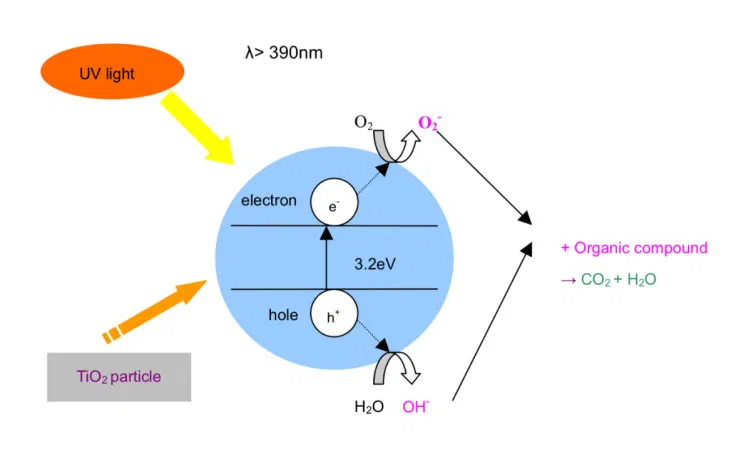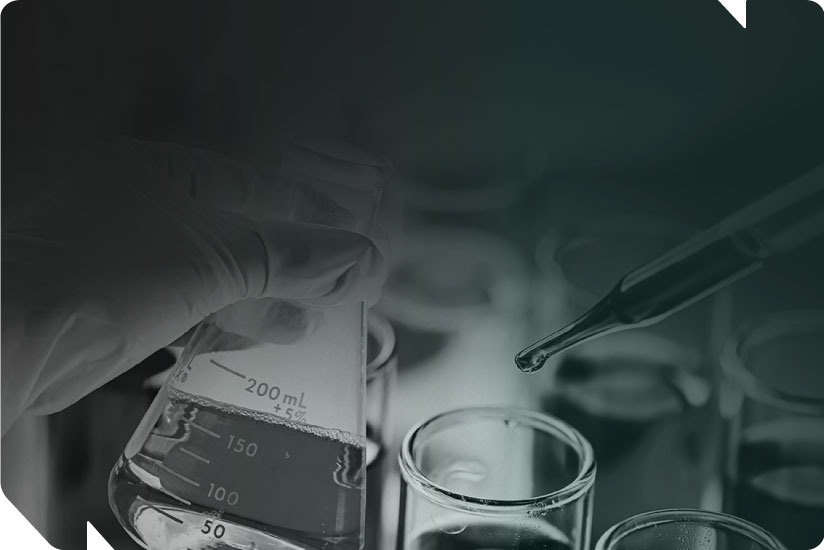Related Technical Articles
Nano Materials have found a great deal of attention because of the unique properties. Last 25 years have seen entry of Nano Materials in various fields like Cosmetics, Pharmaceuticals, Catalysis, Coatings, Printing, Water Purification, Environmental Sciences and so on. We at NICHEM have been successfully developing and commercializing Nano Materials prepared from Calcium Carbonate, Silica, Titanium Dioxide, Silver, Copper, Palladium and Organic Pigments. We have developed technologies to manufacture and successfully apply these to the fields of prevention of Rotting of Fruits, Anti-Fungal, Anti-Bacterial & Anti-Viral materials for Plastics/Paints/Coatings, Catalytic materials for degradation of Plastics, and Water Purification. Nano Silver supported on substrates like Nano Silica, Nano Titanium Dioxide and Nano Calcium Carbonate all have seen applications in different fields.
A Must have product in today’s time and age of Covid-19
During Covid-19, many products came into limelight. But one thing was easily realized or understood, is that world doesn’t have a strong, proven and guaranteed virus and bacteria destroyer. Every product released so far has either been questioned for efficacy or safety to humans and environment. Also, world doesn’t have a product that works on all types of viruses.
Product in brief
We looked at this problem in a different way. Instead of working on the physiology of the bacteria or virus, we looked at ways to eliminate it by oxidation, which is more generic way of killing every type of bacteria and virus. In this case, we don’t have to worry about the actual structure of the bacterium or virus. For imparting Anti-Bacterial/Anti-Viral properties, Nanosized Silver and Titanium Dioxide is used. Metallic ions like Zinc and other metallic compounds display a certain degree of sterilizing effect. It is considered that part of the oxygen in the air or water is turned into active oxygen by means of catalysis with the metallic ion, thereby dissolving the organic substance to create a sterilizing effect (1). With the use of Nano-sized particles, the number of particles are increased many fold per unit area, and thus Anti-Bacterial effects can be maximized.
Mechanism
Nano-Silver Particles (AGNP) have an extremely large relative surface area, (10-11 m2 /g) thus increasing their contact with bacteria or fungi, and vastly improving their bactericidal and © Copyright of NICHEM SOLUTIONS fungicidal effectiveness. AGNP is very reactive with proteins. When contacting bacteria and fungus, it will adversely affect cellular metabolism and inhibit cell growth. It also suppresses respiration, the basal metabolism of the electron transfer system, and the transport of the substrate into the microbial cell membrane. Furthermore, it inhibits the multiplication and growth of those bacteria and fungi which cause infection, odor, itchiness and sores. Hence, AGNPs are widely applied to socks in order to prohibit the growth of bacteria. In addition, AGNP can be applied to a range of other healthcare products such as dressings for burns, scald, skin donor and recipient sites [2,3,4].
Titanium Dioxide is a photocatalyst; once it is illuminated by light with energy higher than its band gaps, the electrons in TiO2 will jump from the valence band to the conduction band, and the electron (e) and electric hole (h+) pairs will form on the surface of the photocatalyst. The negative electrons and oxygen will combine into O2 -; the positive electric holes and water will generate hydroxyl radicals. Since both are unstable chemical substances, when the organic compound falls on the surface of the photocatalyst it will combine with O2 – and OHrespectively and turn into carbon dioxide (CO2) and water (H2O). This cascade reaction is called ‘oxidation-reduction’, [5] and the mechanism is shown in Figure 2 below. Through the reaction, the photocatalyst is able to decompose common organic matters in the air such as odor molecules, bacteria and viruses.

USP
- Works on almost all types of Bacteria and Viruses
- Offers 6 log reduction for Bacteria and 4 log for Viruses
- Very safe for environment
- Very safe for environment
Forms
MicroFight 014 is offered in 4 forms:
1. Powder
2. Dispersion in Water or solvent
3. Emulsion
4. Beads
Method of Application
- Powder: The Powder is the perfect form to be mixed with Carbon to make Carbon Blocks.
- Liquid dispersion: Water dispersion form can be used in Toilet soaps, Liquid soaps, Detergents, Toothpastes, Topical applications, Ointments & Gels, Hand Sanitizers, Cosmetics, Inorganic water-based Paints & Coatings, Sanitary Napkins, Baby and Adult diapers in the absorbent layer and wet wipes. Solvent dispersion can be used for solvent based coatings.
- Emulsion: Emulsion can be used for direct coating of fabric treatment, such as PPE Kits, Masks, Headgears, Surgical Gowns, Surgical Caps, Hospital Linen, Domestic Linen, Commercial Linen, Sanitary Napkins, Diapers, Undergarments, Socks, Carpets, General Clothing, Upholstery & many more.
- Beads: Beads can be used in Drinking Water Purification.
Environment, Health and Safety
As a company NICHEM has always been conscious about the Environment, Health and Safety. We take utmost precaution to use chemicals and processes that ensure that:
- There is no effluent, no discharge that will pollute the environment
- During the process health of the workers is not under risk
- All materials used are safe to humans as well as environment
- All chemicals are totally non-toxic and eco-friendly
About NICHEM
Long-standing Specialty Chemicals player with ISO 9001:2015 certification and a history of providing specialty solutions for over 25 years. The company is headed by senior chemical industry specialists with the combined expertise of more than 100 years. With an emphasis on eco-friendly, non-toxic products, the company’s primary strength is research, development, and customization. More information on NICHEM can be found at https://nichem.solutions.
References:
- Saito, M., Antibacterial, Deodorizing, and UV Absorbing Materials Obtained with Zinc Oxide (ZnO) Coated Fabrics, Journal of Coated Fabrics, 1993. 23: p. 150-164.
- Anonymous, Nanotechnologies keep feet healthy, Advance in Textiles Technology, 2003. 3: p. 10-11.
- Lee, H.J., Yeo, S.Y., and Jeong, S.H., Antibacterial effect of nanosized silver colloidal solution on textile fabrics, Journal of Materials Science, 2003. 38: p. 2199-2204.
- Athinson, W., Hi-ho silver, Industrial Fabric Product Review, 2003. 88: p. 12-17.
- Athinson, W., Hi-ho silver, Industrial Fabric Product Review, 2003. 88: p. 12-17.



